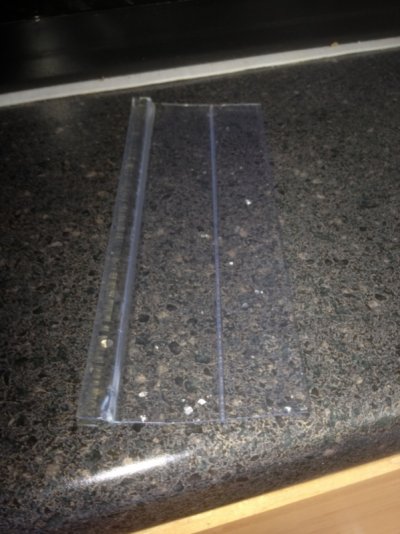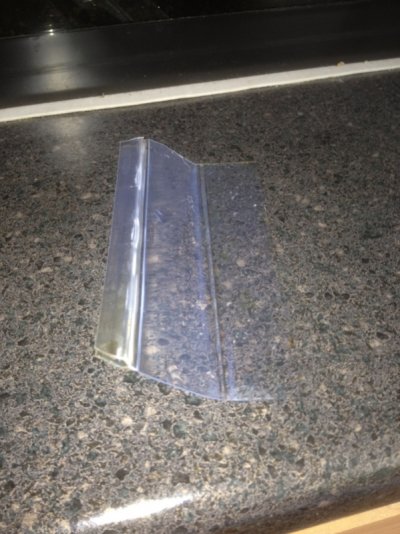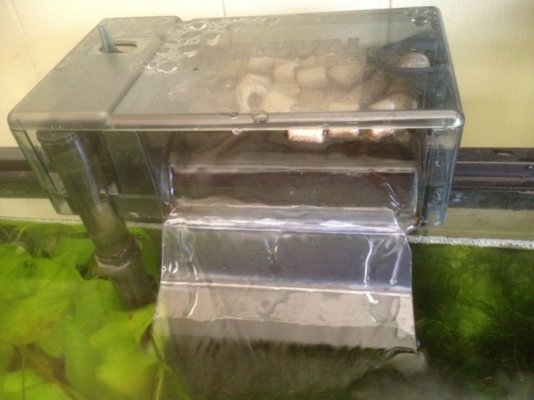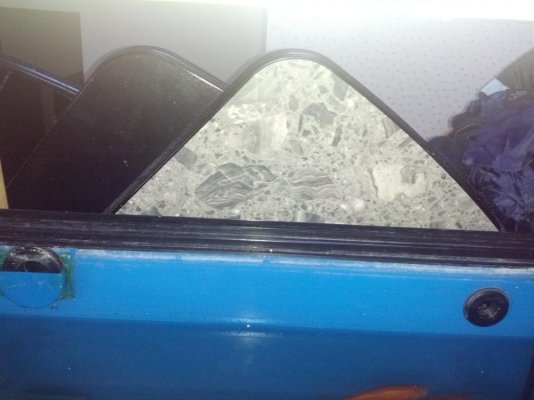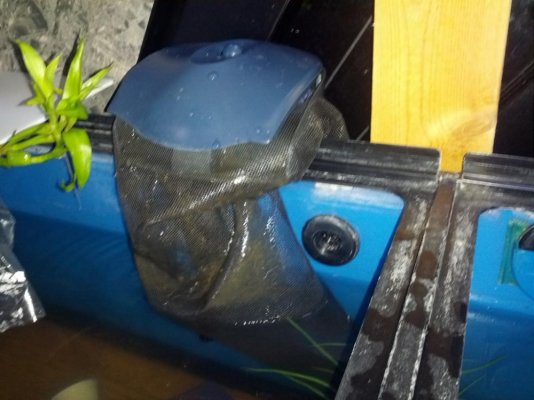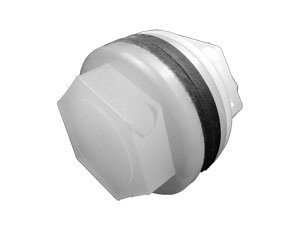Fullmoonnight
Aquarium Advice Activist
- Joined
- Dec 14, 2012
- Messages
- 188
I have these 40g long tanks that I guess used to be commercially used and so they have these holes at the top that I guess were used as a sump filter connector...thingy. I don't know anything about sump filters( as you can see) nor would I have a place to hide it (could I even afford it?)... but right now I can't fill the tank up to the top because of the holes. My hanging filter is so freakin' loud because of the water crashing down. So, my question is should I bother trying the sumps or just find something to seal it off? My gold fish live in one of the tanks. My turtles in another and my mom's parrot chicilds will be moving into one in a month. My hamsters also live in one but lol irrelevant...

